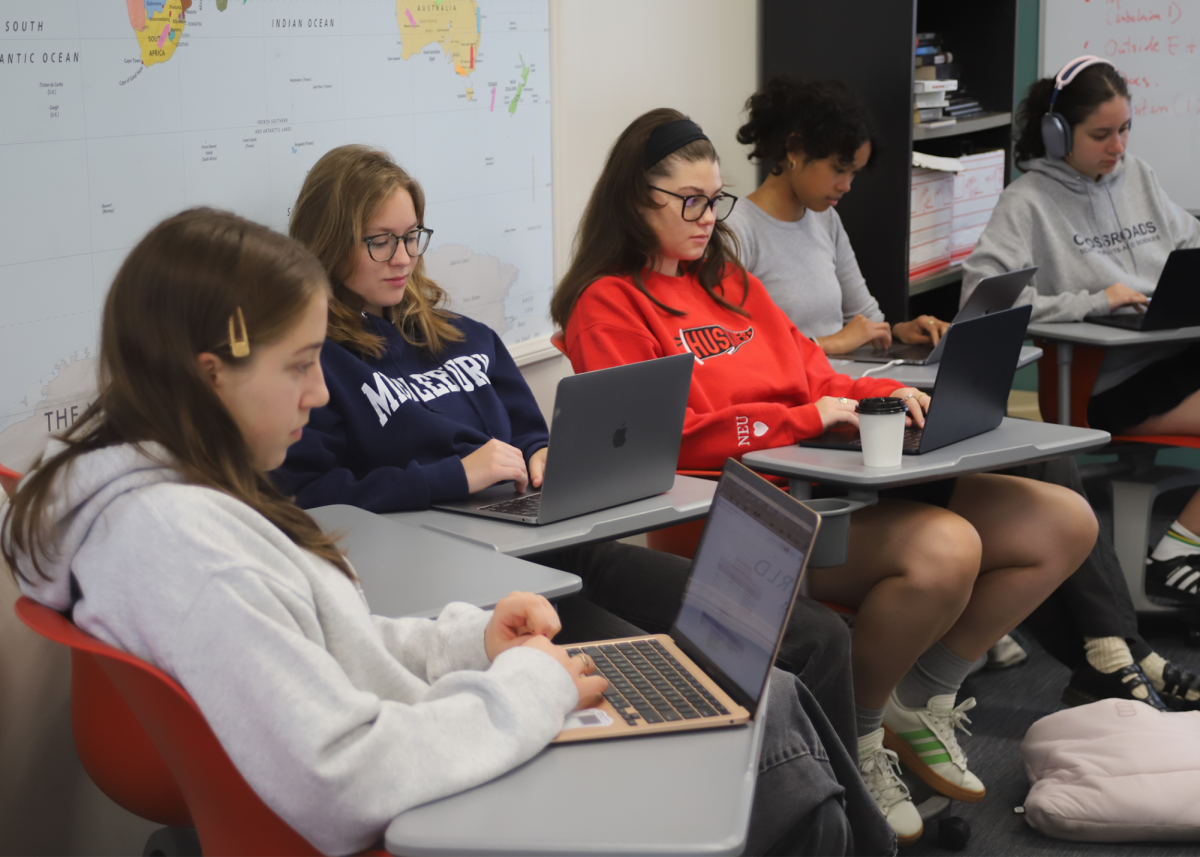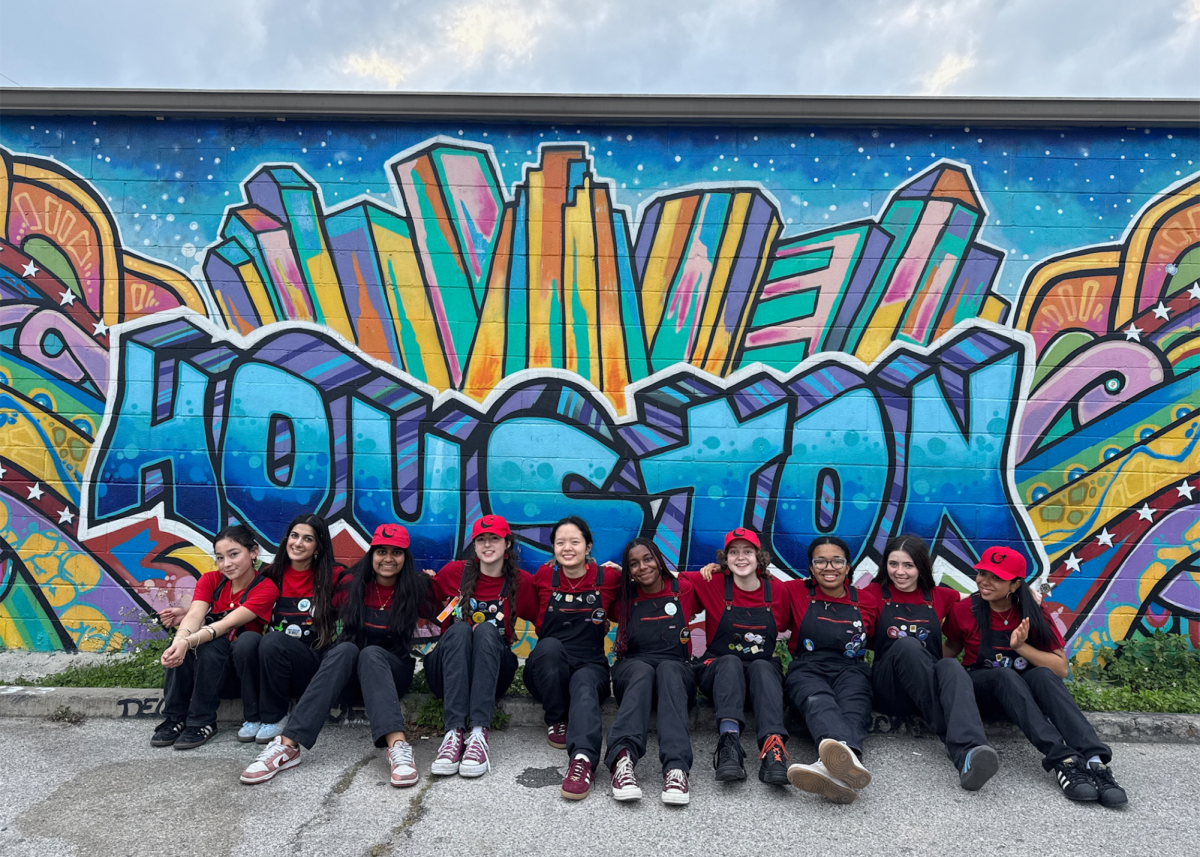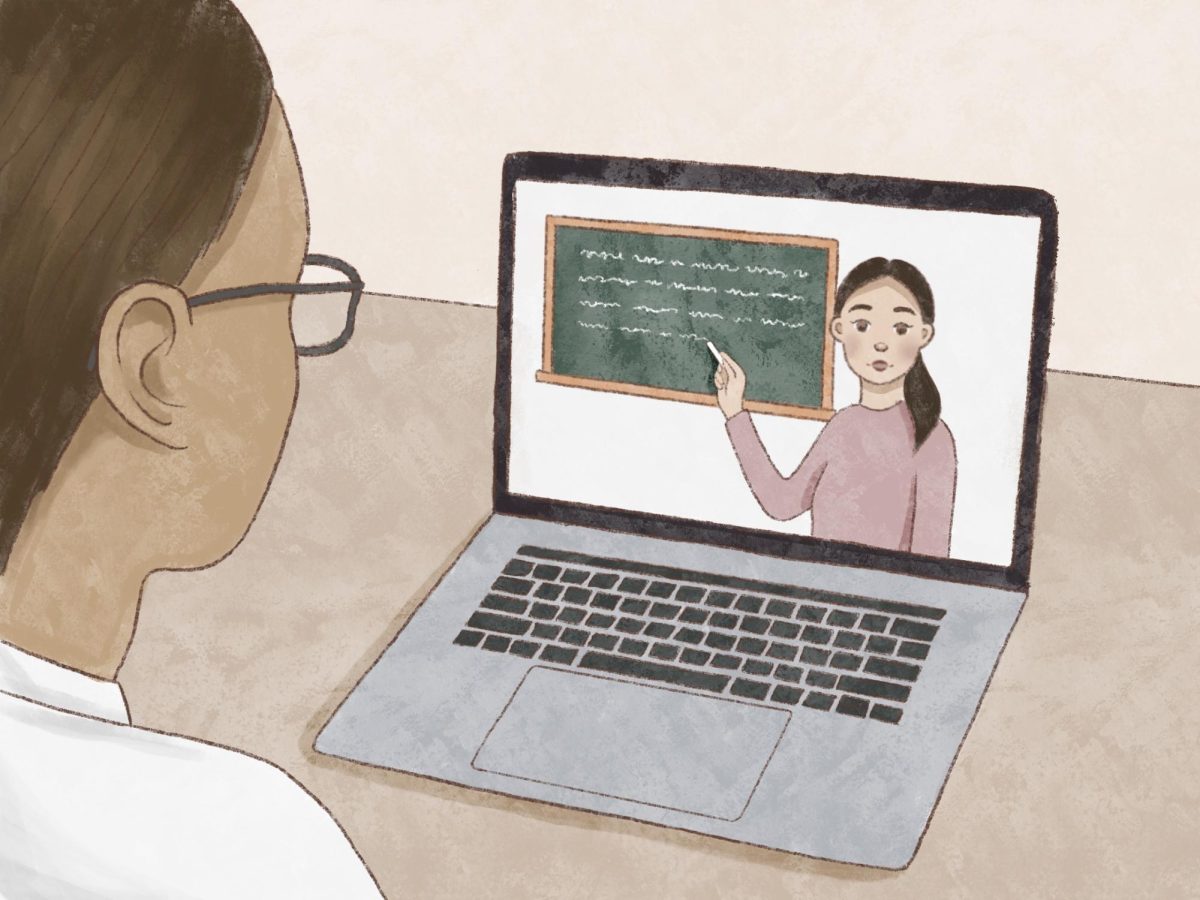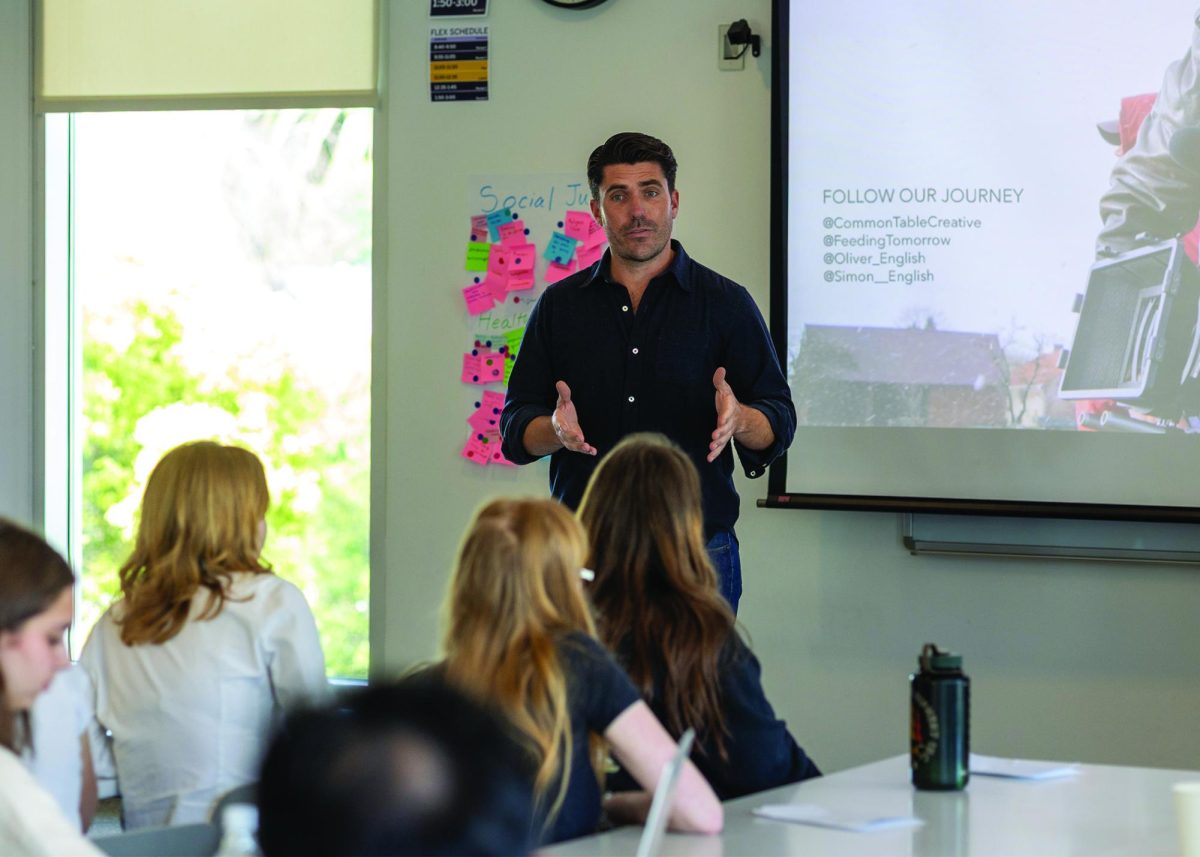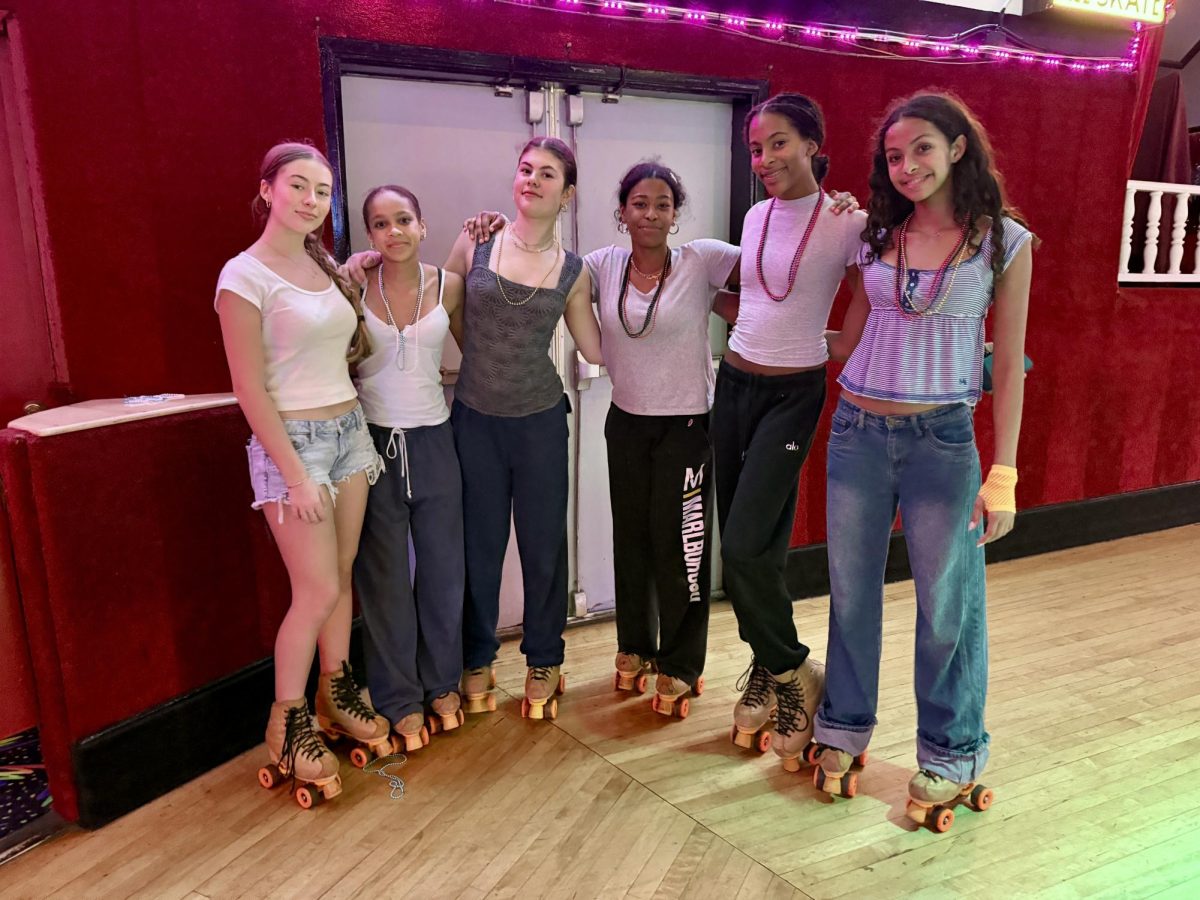Director of Educational and Counseling Services Marisa Crandall elaborated on the difference between affinity groups and cultural appreciation groups in the following statement:
“Affinity groups differ from cultural appreciation groups in a number of ways, but most importantly in their purpose. While there is certainly room for both types of groups in a school like Marlborough, it is very important to have affinity groups in addition to cultural appreciation groups. Affinity groups serve the purpose of supporting people who identify with a particular signifier as part of a concerted effort to manage the stress that members of these groups endure. Ali Michael, one of my favorite anti-racist educators, put it best in an article for the National Association of Independent Schools Magazine in 2014: ‘Many schools now recognize the efficacy of creating racial affinity spaces for students of color, particularly with regard to countering the effects of stereotype threat and creating a sense of safety and camaraderie within predominantly white spaces. Learning to accept that such spaces can be important resources for peers of color, without feeling threatened or excluded from those dynamics, can be an important step for white students who want to participate in the construction of a healthy multiracial community.”
Elizabeth Denevi, Associate Director for Midwest Educational Collaborative (a non-profit agency that works with schools nationally to increase equity and promote diversity) first brought the difference to the attention of the administration when she addressed faculty and staff before this school year. Dean of Social Justice and Community Partnerships Pamela Wright who serves as an advisor for OLÉ, Organized Latina Exchange, said Denevi recommended closed affinity group meetings, which inspired Wright to bring up the question to affinity group leaders this year with the goal of helping them redefine their role within the Marlborough community. According to Wright, up to this point, Marlborough’s affinity groups have functioned more as cultural appreciation clubs than affinity groups.
Wright acknowledged that the potential shift in policy may be challenging for students who are no longer able to attend group meetings, but said she also recognizes the importance of closed meetings.
“It’s tricky because nobody wants to exclude anybody, but I am hearing more and more that it’s nice to have a room with people you can identify with to be able to share really vulnerable or painful experiences,” Wright said.
Not everyone agrees with the potential changes to affinity group membership. Jasmine ’21 attends the meetings of three different affinity groups, including cultures with which she does not identify.
“[Affinity groups] are not only to learn more about your culture and connect with people of your group but to learn more about other cultures. I am not hispanic, and I’m not Asian, but I still go to those [affinity group meetings] because I want to learn about their cultures,” Jasmine said.
Mira ’20, a member of the Jewish Culture Club, Kehilah, welcomes non-Jews to the group’s meetings.
“I think that it’s important for people who aren’t Jewish to learn about the experiences of people instead of hearing people who don’t have firsthand experience with the culture or religion,” Mira said.
Other clubs, however, find value in closed meetings as an opportunity for students to speak without fear of judgement.
“You may not want to share something that you think others would perceive as embarrassing or silly or trivial [in an open meeting], but when you have a group of people who identify like you do then you will be more authentic,” Wright said.
Alexandra ’21, a member of the African American Cultural Exchange (AACE), said she appreciates having a safe space for members of her ethnicity.
“For AACE, it’s a nice opportunity for black people to go and talk about their experiences within the community, identifying with the same culture. It’s the only place where people who aren’t white can go and not be the minority,” Alexandra said.
While many students have differing opinions on this topic, five of the affinity groups on campus, OLÉ, AACE, Mosaic, Alliance and EAST, have decided on a particular stance on open versus closed meetings. Their statements are below.
EAST (Exploring Asian Societies Together)
Asian-Americans and Pacific Islanders do not often have the opportunity or get into the mentality of lacking the desire to provide their voices and opinions to the broader community of color. The intended mission this year for the group is to change that mentality and to provide fellow Asian-American and Pacific Islander students with the chance to explore their identities and understand the larger implications of their existences as members of their own communities. I think EAST has often been mislabeled as an affinity group when in past years, it has been a cultural appreciation group, hence the fact that it hasn’t ever been closed. With closed meetings, we would be able to discuss issues we face as Asian-Americans and Pacific Islanders without feeling discomfort or fear, and that is why as leaders, Coco and I would like to steer EAST in the direction of becoming an actual affinity group that is solely for students within the aforementioned communities.
–Alexis ‘19
MOSAIC
Due to the fact that such a small minority of Marlborough students are of Middle Eastern descent, or choose to identify as Middle Eastern, our club is rather small. With only six members, only one of whom is not Middle Eastern herself, it wouldn’t be fair to close off our meetings. However, she has lived in the Middle East for a period of time, and has been exposed to the culture, which further deterred us from considering closed meetings. Instead, we have chosen to have monthly “rant sessions” in which members of our group can speak about any issues concerning the Middle East that they want to shed light on. Seeing as we have only had one of these meetings thus far, our regular club meetings tend to gravitate towards the sharing of feelings, so these rant sessions don’t seem out of place. The issues that we discuss are usually personal and specific to an individual or the region that they are from. Therefore, it is difficult for Mosaic to draw the line between being an affinity group and a cultural appreciation group. Being such a young club as well, we haven’t had enough experience to decide what to label our group as.
—Arien ’19
AACE (African American Culture Exchange)
Going forward, AACE feels closed meetings will work best for our club. In the past, AACE has really acted as a cultural appreciation club rather than a true affinity group. This year, we’d like to try to preserve the intimacy of the club by keeping our meetings closed. In the past, there have been incidents in which others have disclosed feelings or statements made within the group to other members of the Marlborough community, making us feel like we can’t fully share our true stories or opinions. Without closed meetings, AACE doesn’t feel like a true safe space, thus, going forward, we’d like to keep them closed.
–Emi ‘19 and Randall ‘19
OLÉ (Organized Latina Exchange)
After sitting down for a meeting with OLÉ members and sending out a survey, OLÉ has decided to use a hybrid model. 65% of the survey respondents voted for a hybrid model. What this means in practice is that OLÉ will switch back and forth between meetings open only to those who identify as Latinx and meetings open to anyone. We feel this model will work well for our club because though we recognize the value of allies joining our meetings, it is crucial for Marlborough’s Latinx community to have a safe space to discuss the inequities, racism and issues they face with people who understand and share those same experiences. There are few places where girls are able to do so and having that space is of the utmost importance to girls of color, especially at a place like Marlborough where Latinas make up the smallest percentage of the students.The hybrid model will allow for us to create a space for allies to learn about the Latinx community, while also giving girls the opportunity to speak candidly and without fear of judgement about what being Latina means to them.
–Emely ‘19
Alliance
We believe that closing Alliance to members only inside the LGBTQ+ community would diminish opportunities for exploration of identity and the sense of a space space that is so integral to the group. As a GSA (gay-straight alliance), we’re designed to be open to anyone, and closing off Alliance to allies would defeat the purpose of its design. Alliance aims to provide a safe space for people to educate themselves on what it means to be LGBTQ+, and as we want to encourage people to explore their gender and sexuality, we don’t want to discourage anyone from doing so or leave them without the resources they didn’t quite know they needed before coming to Alliance. Additionally, closing off the club to people who don’t identify as LGBTQ+ would run the risk of outing people since by coming to Alliance, you would be saying that you do identify as LGBTQ+. For some people, Alliance is the only safe space they have to be themselves, and we don’t want to risk closing off that space to anyone.
–Ava ‘20

